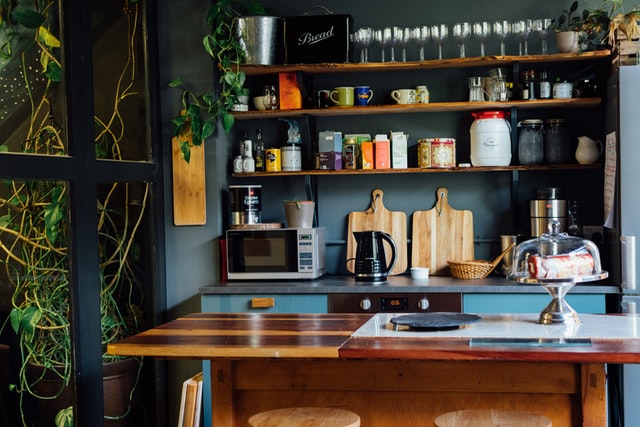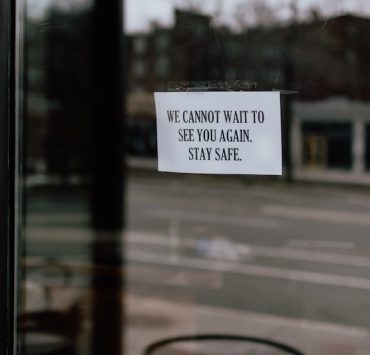We dare you to count how many containers of leftovers you see in your fridge right now. You’ve also probably scoured your coolers for some ice cream, only to find some of last night’s adobo inside the tub. With all these extra meals, we’re bound to come back to them on days when we’re just too lazy to cook. However, reheating food by just throwing them in the microwave may spoil some of its flavor and consistency. Imagine soggy fries and shriveled fried chicken—actually, we’d rather not. To avoid all that, here are some tips and tricks on how to reheat your leftovers properly.
Know where to reheat
Not all food is meant for the microwave. The general rule is to actually reheat food in the same place it was cooked. Not only will this help the food return to its original consistency, it will also taste as if it was freshly cooked. Bread, baked goods, grilled meat, pizza and sandwiches should be reheated in an over or toaster oven. Seafood, which becomes soggy once overcooked, should be reheated at low heat in an oven. Soups, pasta, rice, sautes and meat should be reheated in pots and pans on the stovetop. The microwave is best for food that don’t have a crisp crust. Generally, most food cooked on stove tops can be microwaved (though this may mean losing some moisture and texture).
Keep moisture when microwaving
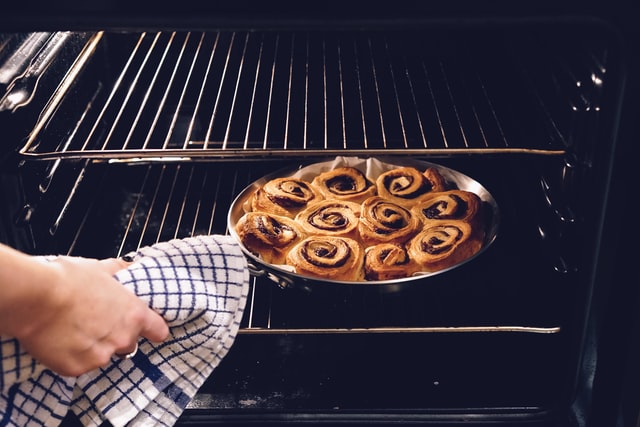
There are ways to cheat the drying effect of microwaving. Spread out your food in an even layer and cover it with a moist paper towel. This will create steam while the food is being reheated so it doesn’t dry out. For food like pasta and rice (which will only get soggy if covered with a damp paper towel), a trick that will give you the same result is to simply place a small cup of water beside the food you’re reheating.
Microwave dense food alone
Pork, chicken and beef are best reheated on stovetop pans. However, if these aren’t available, make sure to reheat them alone in the microwave. Other quick-heating food, like rice or vegetables, may be overheated if placed with the meat. It’s also recommended to lightly coat the meat with either its sauce, some water or oil to secure moisture.
Always use low to medium heat
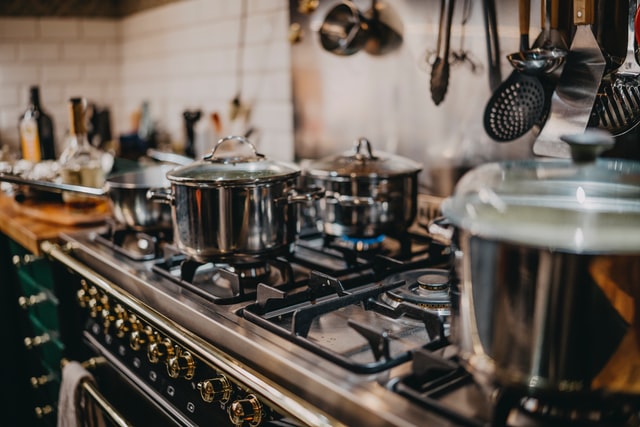
The danger with reheating is overheating. Most dry foods become shriveled or burnt when overheated, making for a very dissatisfying meal. Whether you are reheating on a stovetop, microwave or oven, it’s best to keep it low to medium heat. For ovens, the temperature should stay between 90 to 120ºC. Most food should only be reheated in the microwave for a maximum of two minutes.
Arrange food evenly
If you’re planning on reheating pasta or other dense dishes, try to evenly spread them out into layers. For example, mashed potatoes or macaroni and cheese could leave a cold center when reheated, so it’s recommended to heat these in wider plates rather than concave bowls. Bread should also be sliced into pieces. Another trick is to take any dish out halfway through reheating, stir it around and place it back in.
Store your leftovers properly
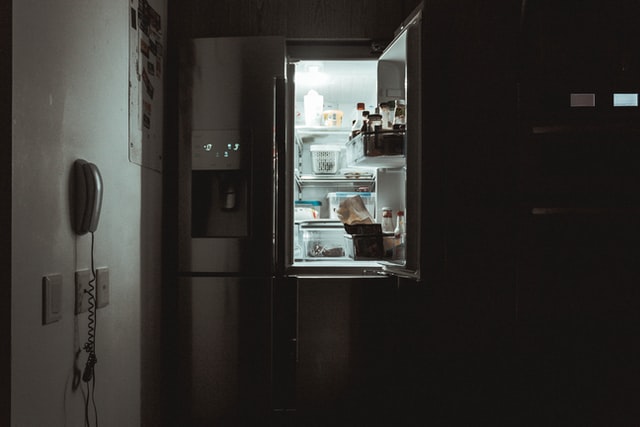
To reheat food properly, you must also make sure they’ve been stored properly. Ensure that the food is tightly wrapped or contained to lock in as much moisture as possible. Additionally, this will also ensure that the food won’t spoil before you get the chance to reheat it.
[READ: Tips and tricks on how to make your food last longer during the quarantine]
As much as possible, do it once
Once you’ve reheated the food, make sure there are no more leftovers. Reheated food should not be frozen again. The United Kingdom’s National Health Service found that the more times you cool and reheat food, the higher the risk of food poisoning as bacteria can multiply every time food is returned to the fridge.
Header photo by Sarah Wardlaw on Unsplash
Get more stories like this by subscribing to our weekly newsletter here.
Read more:
Things that need to go in 2020: throwaway culture and food waste
Grow your own food—if not from seeds then from scraps
Tips and tricks on how to make your food last longer during the quarantine
Writer: THEA TORRES


